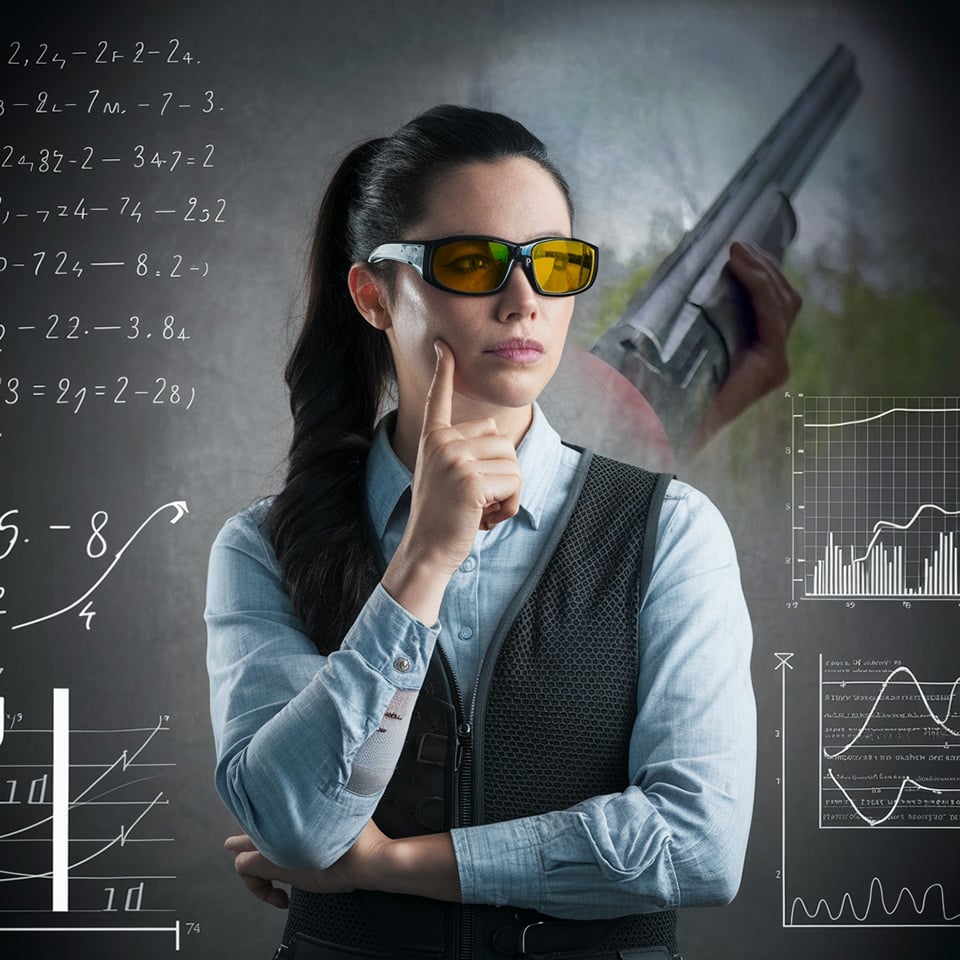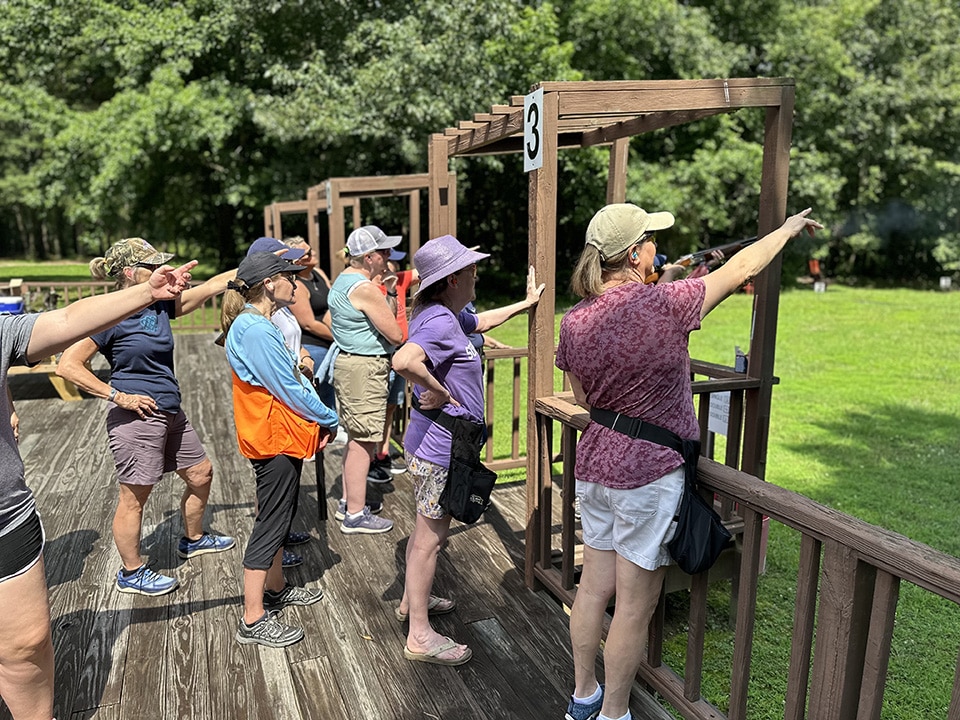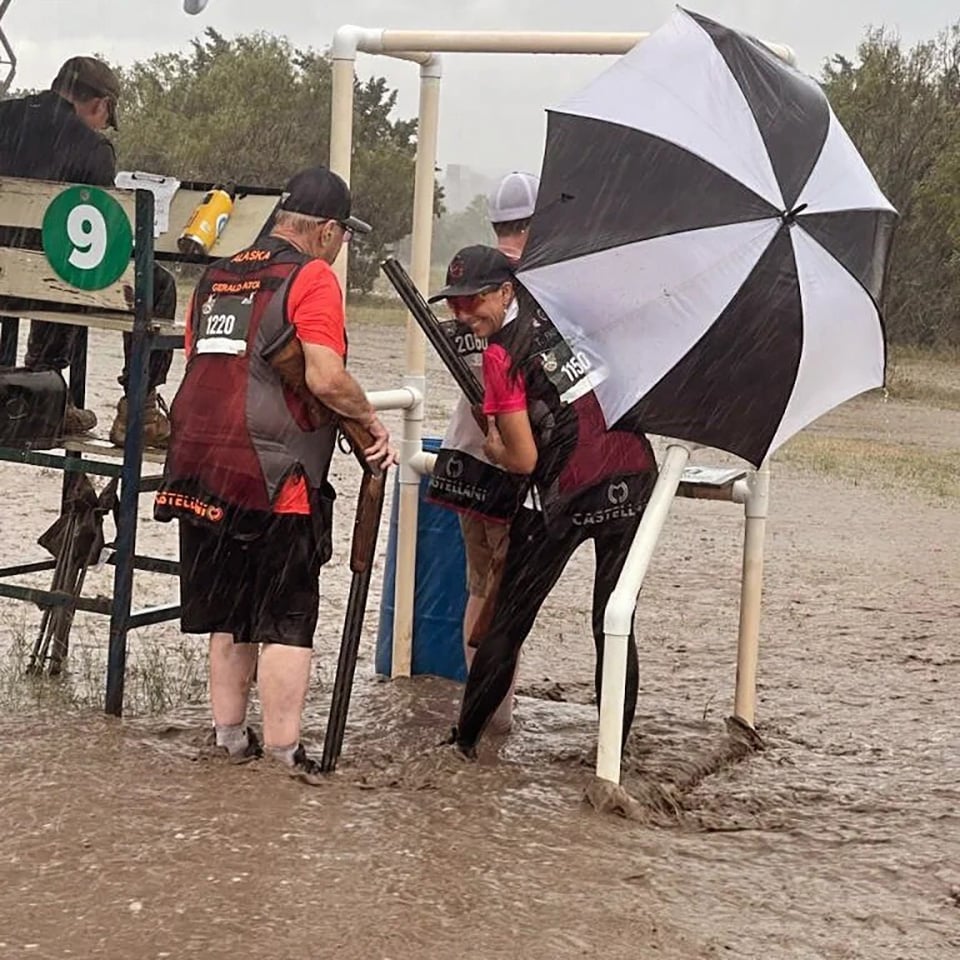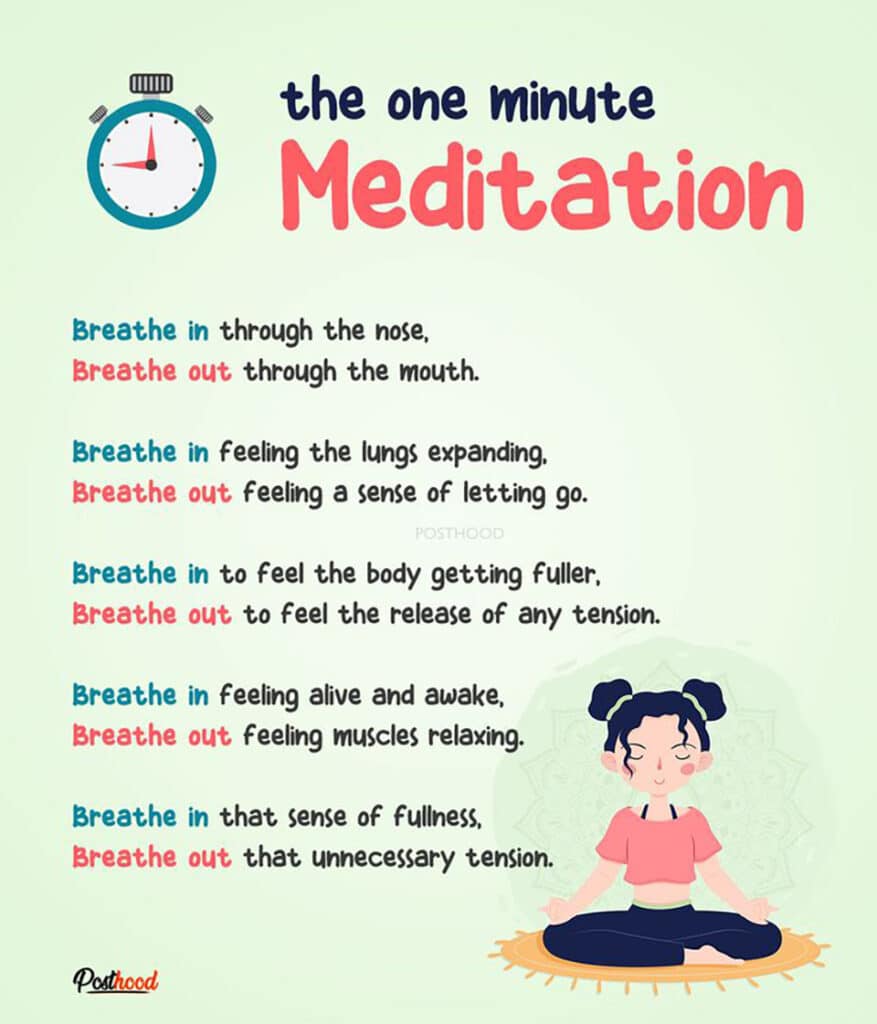Sporting clays is a sport. It’s even part of the name! I’m hopefully not telling you something you didn’t already know; however, it could very well be something that you didn’t fully comprehend or recognize. Sports, in general, have a game plan. In clays, it’s just you in the box. There is no one to decipher the moves of the opponent other than you and your own training and experience. So, if there is no one else to affect our performance, why is performance anxiety a constant factor? This month, we look deep into the mental game of clay shooting and how we can develop a solid plan for success.
Creating a Solid Pre-Shot Plan
The old adages “practice makes perfect” and “practice like you play” hold a lot of weight and gravity in all sports, especially in shooting. I tell all my students that there is not a presentation on the course that they aren’t able to hit. This is 100% true. That grey matter up top is absolutely incredible in its abilities to assess and ascertain the best course of action behind the barrel.

The shooter in the box is the stumbling block that the brain must get around. This is influenced by a chorus of negative environmental pressures. The weather, the rest of your squad, what you had to eat or drink that day before you shoot, your personal assumptions about the presentation or your equipment, the spectators and especially, that annoying person on the course with the obnoxiously loud UTV blaring its radio. Fun side story, at my home course, one of the shooters is a Shriner. This guy is part of the Motors Unit and thought it would be fun to convert a gas drive golf cart into an open-top, old school, mini-Bronco. When he turns the key and cranks that bad boy up, it can be heard all around the entire course! Thank goodness management has banned him from using that mid-life crisis during tournament days.
My 4th grade math teacher was right: There is math in every aspect of our lives, and we need to understand it in order to get the most of it. I teach in a manner that enables the shooter to quickly become competent in the ability to self-correct. This requires an understanding of the math involved for clear target reading. If the shooter can determine what the clay is doing at the break point, they will be able to correctly swing their gun and crush the clay. A solid pre-shot plan is worth its weight in gold as it is one of the secrets to consistency.
So, what are these mystical fundamentals? A shooter should be able to call why they hit and why they miss. Understanding break point, speed, angle, impact and hold point will allow a shooter to compile that plan. When dealing with a moving target, you deal with geometry and physics. You don’t need to break out the graph paper and protractors, but you do have to assess five core components of the clay at the moment in time you wish to pull the trigger (break point).
On your show or demo birds, and only in that moment, since at any other moment the bird is doing something different, you should be able to call, correctly, if the bird is rising or falling (angle), if the bird is slow or fast (speed) and if you can shoot at it or if you need to add lead (impact). Finally, where do you set your gun to start your swing (hold point)?

When you have established these components, you have established your pre-shot plan. This, in itself, will offer confidence with that presentation. This is why I drill into my students that practice makes perfect and seeing is believing. If you have a falling bird slowly moving right to left that you can shoot right at on the 8 o’clock position of the bird, why would you try to shoot 3 feet ahead of it?!
As you shoot a round at the course, don’t play on your phone or lose attention when another shooter is in the box. This is an excellent opportunity to build on your shot inventory. The more birds you see, the better you become at target reading. When you play this game, you aren’t in competition with anyone else other than the guy that set the course. You are trying to figure out how to break that clay consistently and they are trying to figure out how to prevent that from happening.
Drinking Coffee Naked in the Rain
That subheading sums up a majority of the environmental factors that will easily and quickly kick your brain into an anxiety-induced meltdown. Whenever a student is sharing their lesson with a friend or family member, there is an awkward moment of silence as I ask for someone to get in the box so we may get started. There is always a back-and-forth of “you go”, “no, you go” conversation. I normally have to intercede and tell them I don’t care who goes because they’re both missing birds and that’s why they booked the lesson, but I seriously need someone to step up cause we gotta get started.

Environmental factors are akin to mental thumbs holding us down and keeping us from dedicating our focus. Are you a coffee drinker? Cut back on the caffeine the morning of a tournament. Did you remember to pack a protein bar or snack for an energy boost about half-way around the course? When you packed for the day, did you go off a tournament list so that you remembered vest, shells, eye and ear protection, etc.? Are you susceptible to stage fright? This can be a real concern if a bottleneck occurs at a station and now you have a dozen eyes staring at you while you are in the box. Are you a fair-weather shooter? You need to practice in the rain, heat, cold, dry and every element in between or you won’t shoot well. Tournaments are going to occur in all manner of elements.
So far, I’ve been describing tangible and obvious items to check off your list. Build your shot inventory, have a pre-shot plan, develop your skill sets regardless of the weather and who is watching. There is another critical component to your success. Your brain. Since we are human beings, there are two big elephants in the box with us every time we shoot: Self-esteem and self-awareness.
Who’s in the Driver’s Seat?
Merriam-Webster defines self-esteem as confidence and satisfaction in oneself, self-respect. Cambridge defines it as the belief and confidence in your own ability and value, personal worth. Self-awareness is defined as an awareness of one’s own personality and individuality. As much as I would love to jump down the rabbit hole of women in this industry and how they have fought their way and continue to fight their way to recognition, I’ll keep this train on the tracks. Value yourself. Value the fact that you have found an incredible sport, and you can only go up, if you put in the practice and time, you will see the value in your efforts.
The limbic system in the brain controls our emotions. More specifically, the amygdala handles the operations of fear and anxiety. When we are stressed – such as when shooting in front of a group – our adrenal glands react by producing hormones inducing a fight or flight response. This manifests itself in rapid heart rate, sweating, adrenaline rush, etc. The more anxious a person is about performing, the activity in the brain regions increases, particularly the insular cortex. This part of the brain handles the feeling of being threatened and the experience of pain itself. Ever walked out of the box after dropping several birds at a station you’ve practiced over and over and stated, “Well, that was painful!” Technically, it was.

For whatever reason, you allowed environmental factors to take over, worsening your anxiety and influencing your abilities. In other words, you got in your own way, and you choked (performance anxiety). When a person performs a high practice activity, such as shooting a station in practice sessions over and over, the prefrontal cortex is subdued allowing the cerebellum and motor cortex to perform unimpeded. Performance anxiety causes the prefrontal cortex to kick into high gear, interfering with the brain circuits causing a fumble or a choke.
Luckily, there’s GABA, gamma-aminobutyric acid. GABA is a natural chemical produced by the brain and a very valuable anti-anxiety or inhibitory neurotransmitter. GABA counteracts that fight or flight response by relaxing the brain with increased alpha waves. It’s found in spinach, kale, sweet potato and barley to name a few. How do we turn up the GABA without hauling our crunchy kale bowl to the course?
Unlike other sports where elevated anxiety is encouraged, shooting sports demand cool, calm and collected thoughts. We need to be intense in the box and hyper-focused on the targets but then be able to cut that intensity off as we turn around to leave. This is called “getting into the zone” or the “flow” and it requires the ability to flip the switch, in and out of the box. For this, we turn to Albert Einstein and the Law of Focused Energy that states “energy flows where attention goes.” If your attention is on the loudmouth in the squad behind you or the trouble you had at the last station, then your energy is scattered, and your focus is NOT on the target in front of you right now. This exact issue is why you need to realize that once you pull the trigger, that shot, that clay, that sequence is done. Don’t drone on about it or drag it to the next station with you. Dump it. Relax on the way to the next station, make a plan and get focused on the pair of targets in front of you.

There are several exercises that will assist you in clearing your head and focusing. Deep breathing is always a favorite. When you get anxious, your breathing becomes shallow and increases your heart rate. Long, deep breaths will help calm you and clear your head, especially when you breath in through your nose and out through your mouth. Music is another great one. Many electronics offer Bluetooth now. I would tell Pandora to play classical versus death metal but that’s just me. Imagery and visualization are great tools to utilize. Visualize how you just crushed that last pair and commit that to memory. Keep a pic of yourself in your range bag from a previous tournament hoisting up that sweet trophy you won.
This is a visual sport. If you can’t see it, you can’t shoot it. If you don’t understand it, you can’t be successful with it. Set up your pre-shot plan, relax and focus and know how to read your targets. Compete as you train and build your shot inventory. Lastly, love what you do and have a great time behind the barrel!
Ready to take a Syren shotgun to the clays range now? Check out the fine line of shotguns made for women from Syren.
Resources Listed Above
Kate Ahnstrom, owner of Virginia Shooting Sports, is a certified, professional instructor of the Paragon School of Sporting. She has dedicated her life to sharing her passion for the outdoors and diversifying the dynamics on the clay course and the hunt field. Her tireless dedication to her students’ success is obvious in each and every lesson. Kate is on the pro staff for Syren, the resident pro at Orapax Hunting Preserve and the Preserve at Dundee, department editor for “Woods and Waters” magazine and field staff member of the Sisterhood of the Outdoors. She and her husband, Mike, enjoy their small farm in central Virginia where they have a menagerie of animals and plenty of room to train and work their beloved GSPs. Kate loves getting behind the barrel of her Syren Tempio Sporting in 20 gauge for all things clay and feathered. View all posts by Kate Ahnstrom